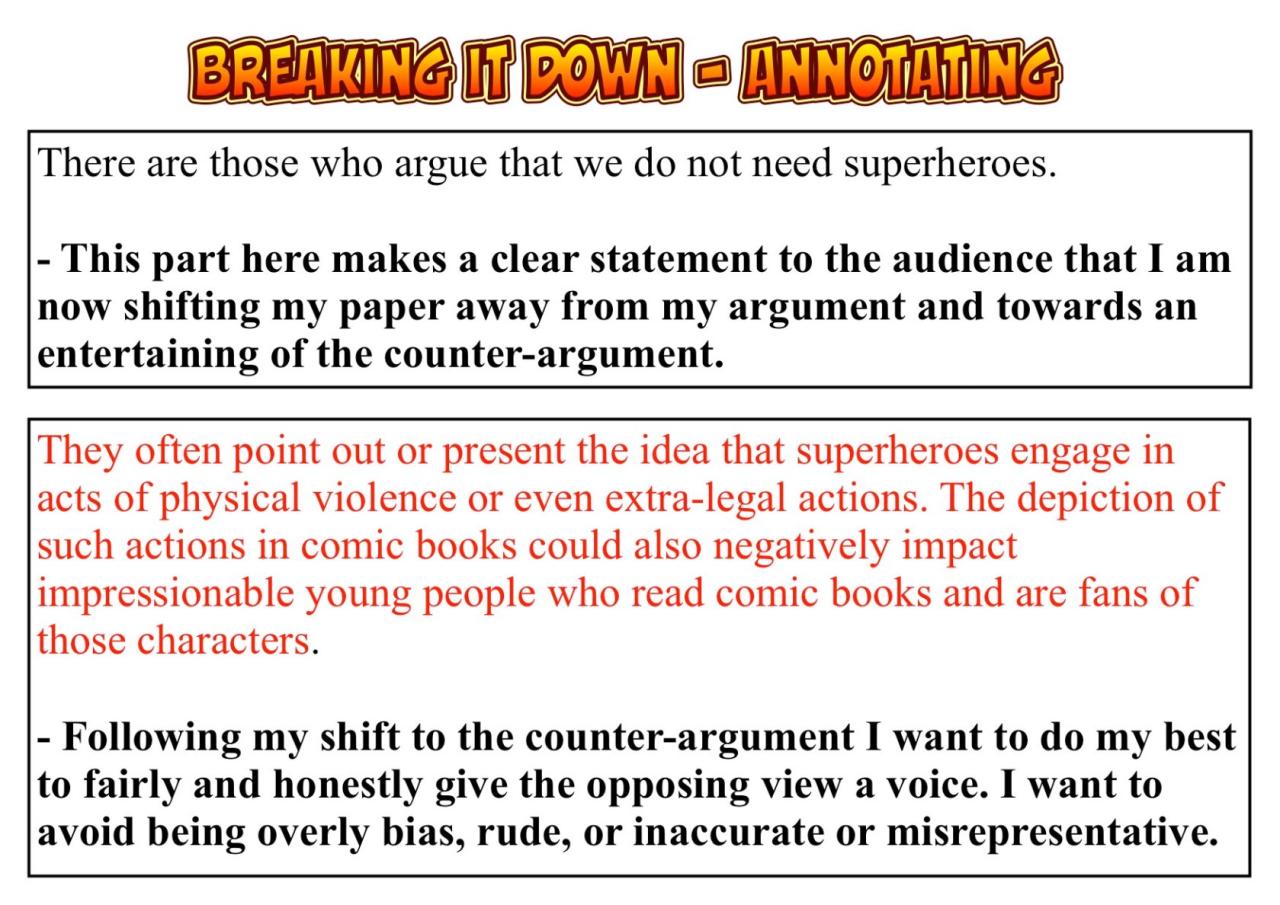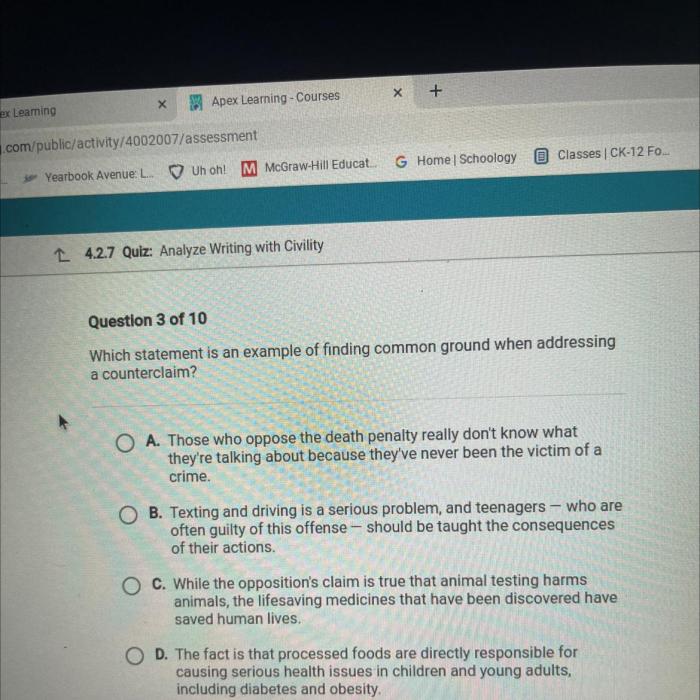What are the two different parts of a counterclaim? This question sets the stage for an exploration into the realm of argumentation and critical thinking. Understanding the anatomy of a counterclaim is essential for navigating complex discussions and formulating persuasive responses.
A counterclaim, in essence, is a statement that contradicts or challenges an original claim. It serves as a point of contention, inviting further examination and analysis. To effectively engage with counterclaims, it is crucial to recognize their two distinct components: the claim and the evidence.
What are the Two Different Parts of a Counterclaim

A counterclaim is a claim made by the defendant in response to the plaintiff’s claim. It is a way for the defendant to state their side of the story and to defend themselves against the plaintiff’s allegations. A counterclaim must be related to the plaintiff’s claim and must be filed within a certain time frame.
There are two different parts of a counterclaim: the statement of facts and the statement of law.
The statement of facts is a brief summary of the events that led to the counterclaim. It should include only the facts that are relevant to the counterclaim and should be stated in a clear and concise manner.
The statement of law is a statement of the legal principles that support the counterclaim. It should cite to relevant statutes, case law, and other legal authorities. The statement of law should be well-reasoned and should persuade the court that the counterclaim has merit.
Importance of Understanding Counterclaims: What Are The Two Different Parts Of A Counterclaim
It is important to understand the two different parts of a counterclaim because it can help you to better understand the legal process and to protect your rights.
If you are the plaintiff, understanding the two different parts of a counterclaim can help you to anticipate the defendant’s arguments and to prepare your case accordingly.
If you are the defendant, understanding the two different parts of a counterclaim can help you to develop a strong defense and to increase your chances of success.
In addition, understanding counterclaims can help you to be a more informed citizen. By understanding how the legal system works, you can better understand the news and current events.
Identifying and Analyzing Counterclaims
To identify a counterclaim, look for a document that is filed by the defendant in response to the plaintiff’s complaint.
The counterclaim will typically be labeled as a “counterclaim” or “answer and counterclaim.” Once you have identified the counterclaim, you can begin to analyze it.
To analyze a counterclaim, follow these steps:
- Read the statement of facts.
- Identify the legal principles that support the counterclaim.
- Evaluate the strength of the counterclaim.
- Determine how the counterclaim will affect your case.
Examples of Counterclaims

Here are some examples of counterclaims:
- In a breach of contract case, the defendant may file a counterclaim for damages.
- In a personal injury case, the defendant may file a counterclaim for negligence.
- In a defamation case, the defendant may file a counterclaim for libel or slander.
Strategies for Countering Counterclaims

If you are faced with a counterclaim, there are a number of strategies that you can use to counter it.
- File a motion to dismiss the counterclaim.
- File an answer to the counterclaim.
- Negotiate a settlement with the defendant.
The best strategy for countering a counterclaim will depend on the specific circumstances of your case.
Popular Questions
What is the purpose of a counterclaim?
A counterclaim aims to challenge or contradict an original claim, presenting an alternative perspective or argument.
How do I identify the claim in a counterclaim?
The claim is the main assertion or proposition that the counterclaim disputes or challenges.
What role does evidence play in a counterclaim?
Evidence provides support and justification for the claim made in the counterclaim, bolstering its credibility and persuasiveness.